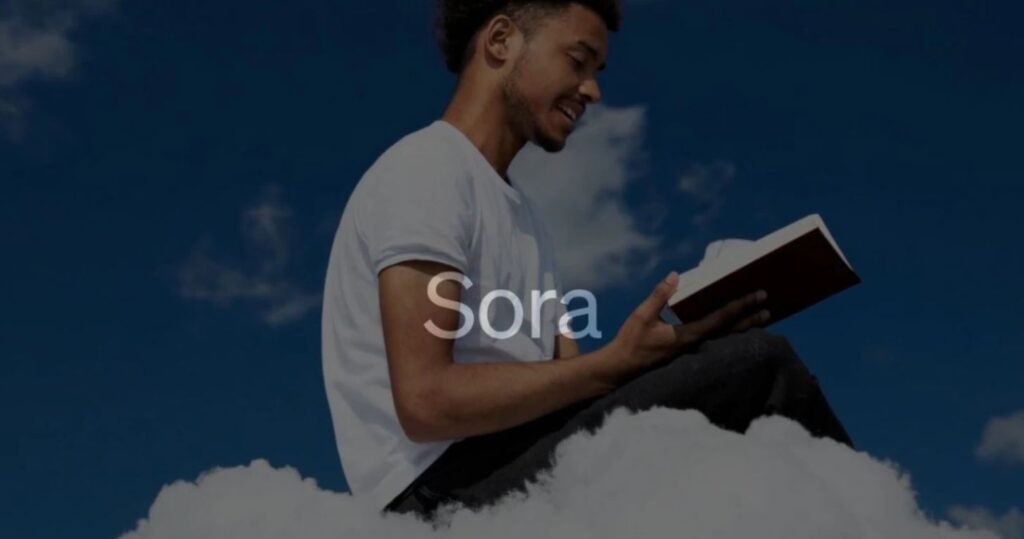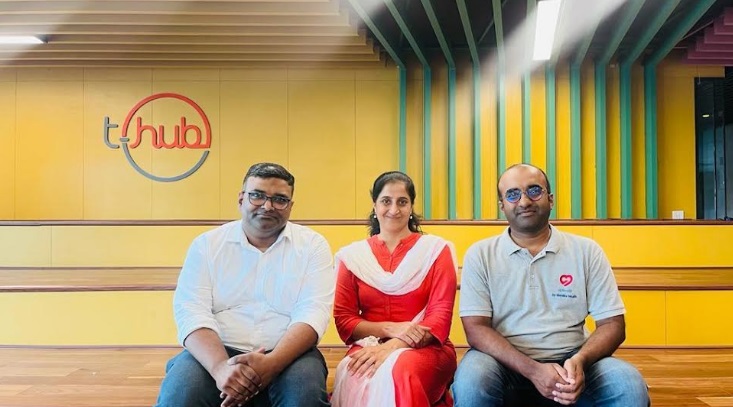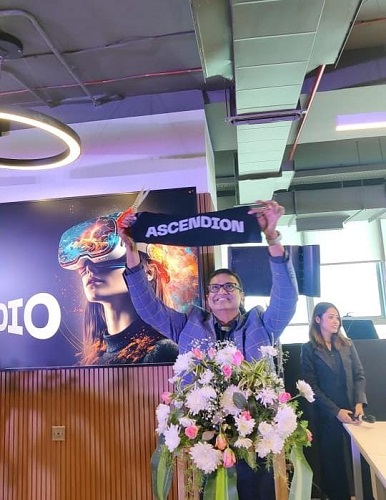TheSpAndroid claims that TikTok is creating a cutting-edge artificial intelligence (AI) function that will translate text to speech.
AssembleDebug, who was able to activate certain functions after discovering the code in the most recent version of the TikTok app for Android, made the knowledge public.
A TikTok voice library and the ability to create your voice using AI were alluded to in the code.
Decoding TikTok’s AI voice creation process
The introductory screen that outlines the procedure was glimpsed by the coder: Make an AI rendition of your voice in ten seconds or less! It will work with text-to-speech in videos on TikTok.”Following this introduction, visitors were taken to the TikTok Voice Library Terms page, which was the first of four.These pages provided information on how TikTok handles speech recordings and described how voice recordings can be deleted from the platform’s servers.
Early stages and future expectations
Users are redirected to a recording page after accepting the terms; however, at this time, the page is blank, presumably because the service is still under construction.When this feature is completely functional, it will ask users to read a passage of text that is shown onscreen.AssembleDebug claims that this procedure will enable TikTok to recognize the user’s voice and make it accessible to others in the TikTok Voice Library.
The significance of Rafah, Gaza’s lifeblood, as Israel prepares to attack.
Concerns and anticipations surrounding the feature
Even though the text-to-speech tool is still under development, worries have been expressed regarding its abuse, particularly in this day and age when false information is easily accessible on digital platforms. It is anticipated that will release additional details regarding its strategies for resolving these problems. But further information won’t likely be available until the facility is prepared for a wider public release.











